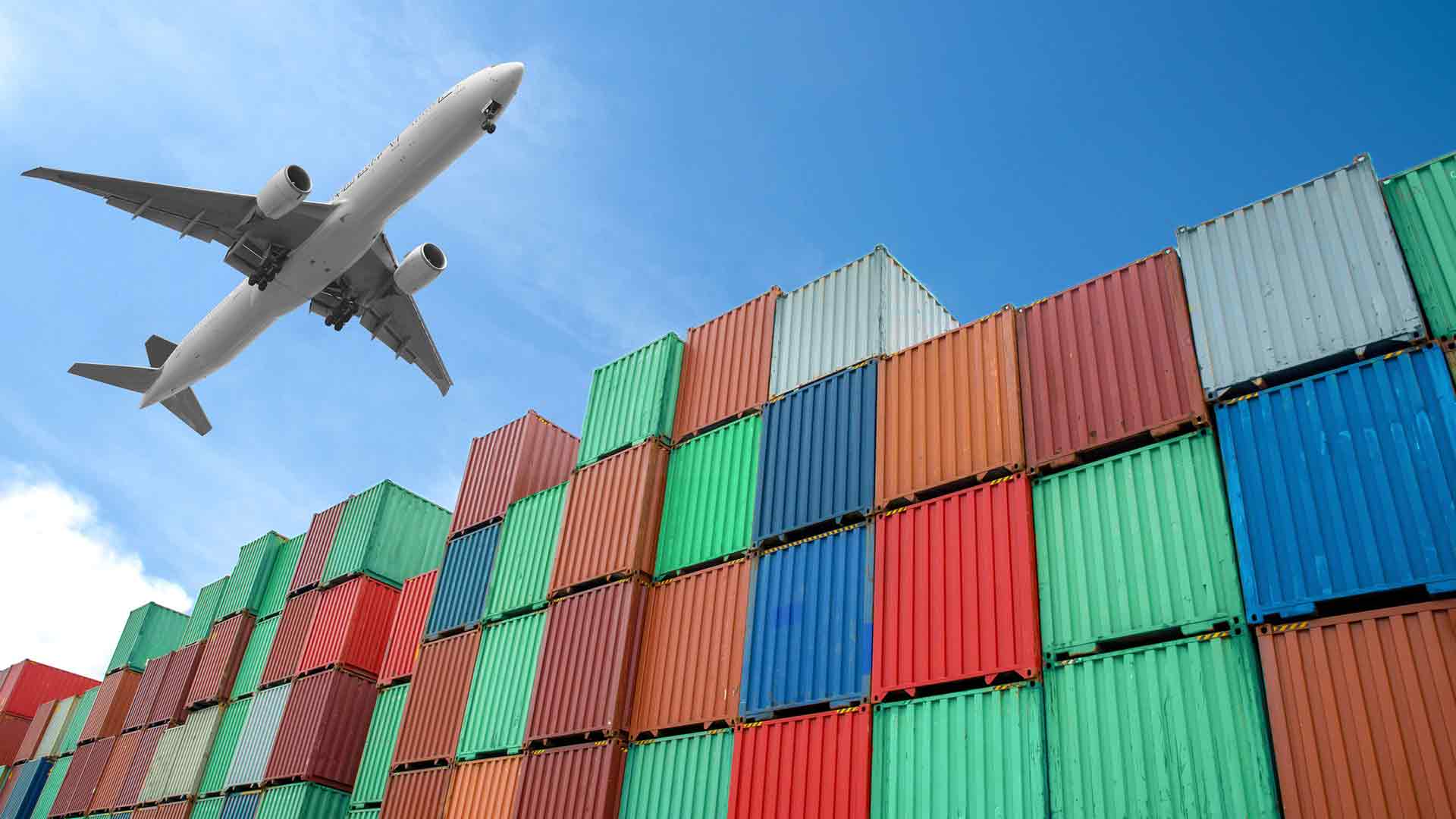October 1, 2024
The East Coast Port Strikes: What’s Happening and What It Means for the Supply Chain

What’s Happening:
The International Longshoremen’s Association (ILA) strike began after negotiations with the United States Maritime Alliance (USMX) broke down. The ILA demands a significant 77% wage increase over six years and opposes any future automation at ports. The USMX, while offering a 50% pay raise, insists on maintaining the current limited use of automation to ensure port efficiency.
The strike has slowed much of the U.S. supply chain, with goods like machinery, vehicles, and beverages caught in the backlog. Importers are left scrambling to find alternatives as over 50% of the nation’s imports flow through these affected ports.
Who’s Involved:
Why the Strike Matters:
At its core, this strike is about more than just wages; it’s about the future of labor in an industry increasingly turning to automation. The union argues that without strict limitations on automation, dockworkers will see their jobs replaced by machines. At the same time, the USMX contends that limited automation is crucial for keeping U.S. ports competitive.
The timing of the strike couldn’t be worse for businesses and consumers. With holiday preparations already underway, port delays are disrupting everything from clothing shipments to industrial machinery. The economic impact could grow exponentially the longer the strike continues.
How the Block Logistics is Helping:
At The Block Logistics, we are actively working with our clients to minimize the impact of the East Coast strikes. Here’s how we’re supporting businesses:
- Canadian Routings for Midwest-bound Imports: If your shipments are destined for the Midwest, we recommend using Canadian routes to avoid congestions that are expected to surge at West Coast ports. This helps you bypass potential delays caused by diverted cargo.
- Rail Shipment Termination Before Arrival: If your cargo is on rail, we anticipate delays of 15-60 days across the system, regardless of port arrival. To avoid detention and demurrage charges, consider terminating rail shipments early- prior to port arrival – so you can reroute them efficiently.
- Utilizing Direct Drayage and Transload Services: The Block offers direct drayage and transload services, helping you avoid the delays tied to rail congestion. This solution ensures your cargo keeps moving even in the face of logistical challenges.
- Port Surcharge Fees: Many carriers are now charging port surcharge fees because of the strike. Ask us about these fees and how they might impact shipping costs.
As the East Coast port strikes unfold, businesses must stay proactive in managing their supply chains. At The Block Logistics, we’re committed to offering flexible solutions that help our clients avoid delays and minimize costs. You can keep your supply chain moving- even during these challenging times by leveraging alternate routes, terminating rail shipments early, and using direct drayage and transloading services.


